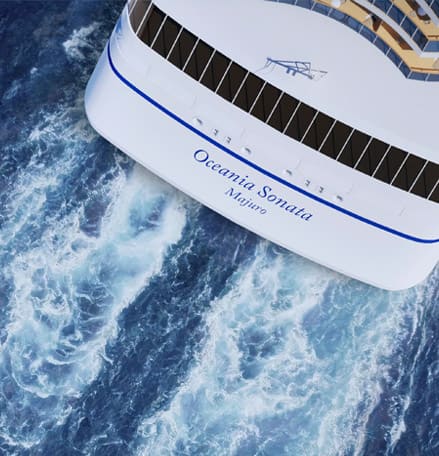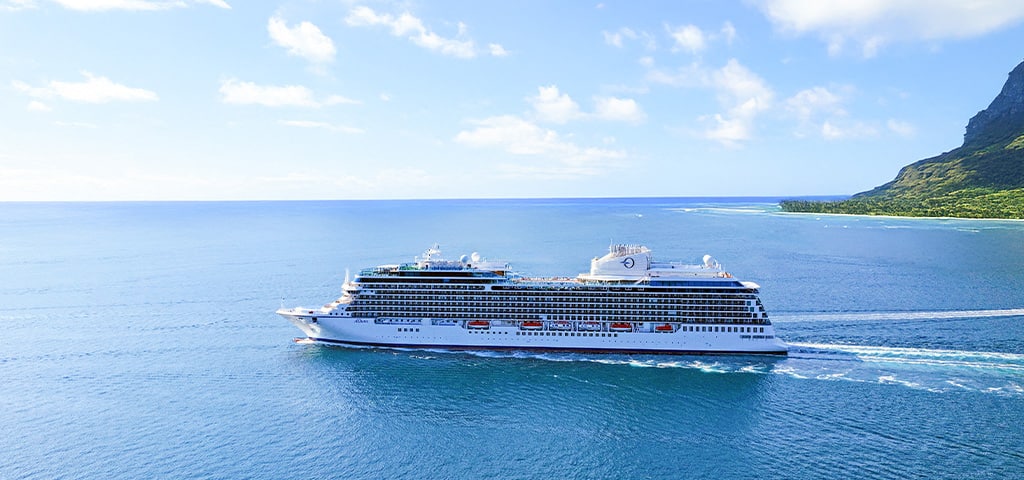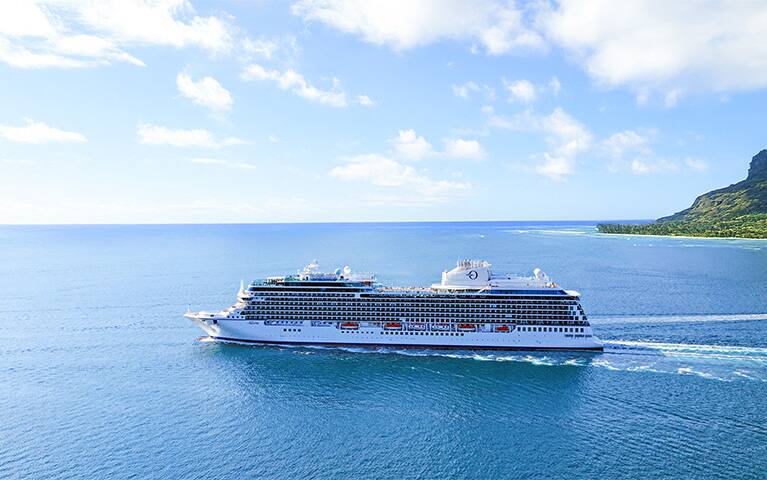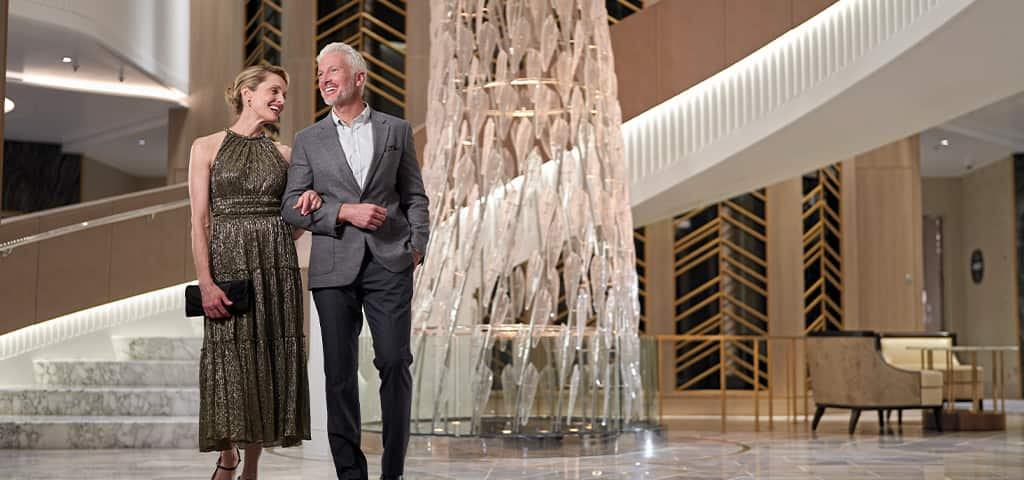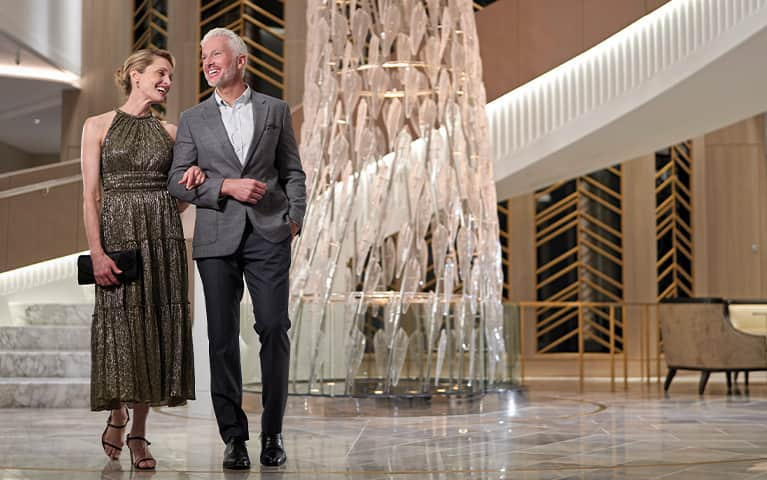Il Modo Italiano: A Guide to Italian Dining Courses
Glancing at a menu in Italy nearly always inspires visions of grand dinners with mouthwatering specialties cascading out of a rustic and homey kitchen: carpaccio di manzo, involtini di melanze alla chiotta, gnocchi al pesto, risotto all’ aragosta, insalatine di campo, osso buco alla Milanese and on it goes. When you travel in Italy, you quickly discover that there is a very specific structure to dining that has been cultivated over the centuries – it’s not simply salad, pasta and check, please. You’ll notice this same elaborate and leisurely mode of dining and savoring is encouraged in our beloved Italian restaurant, Toscana, on board our ships. And why not? The best way to further immerse yourself in Italian culture is to dine as the Italians do. Here’s our chef’s guide to the traditional Italian dining courses that you’re likely to find at ristorantes and trattorias across Italy.
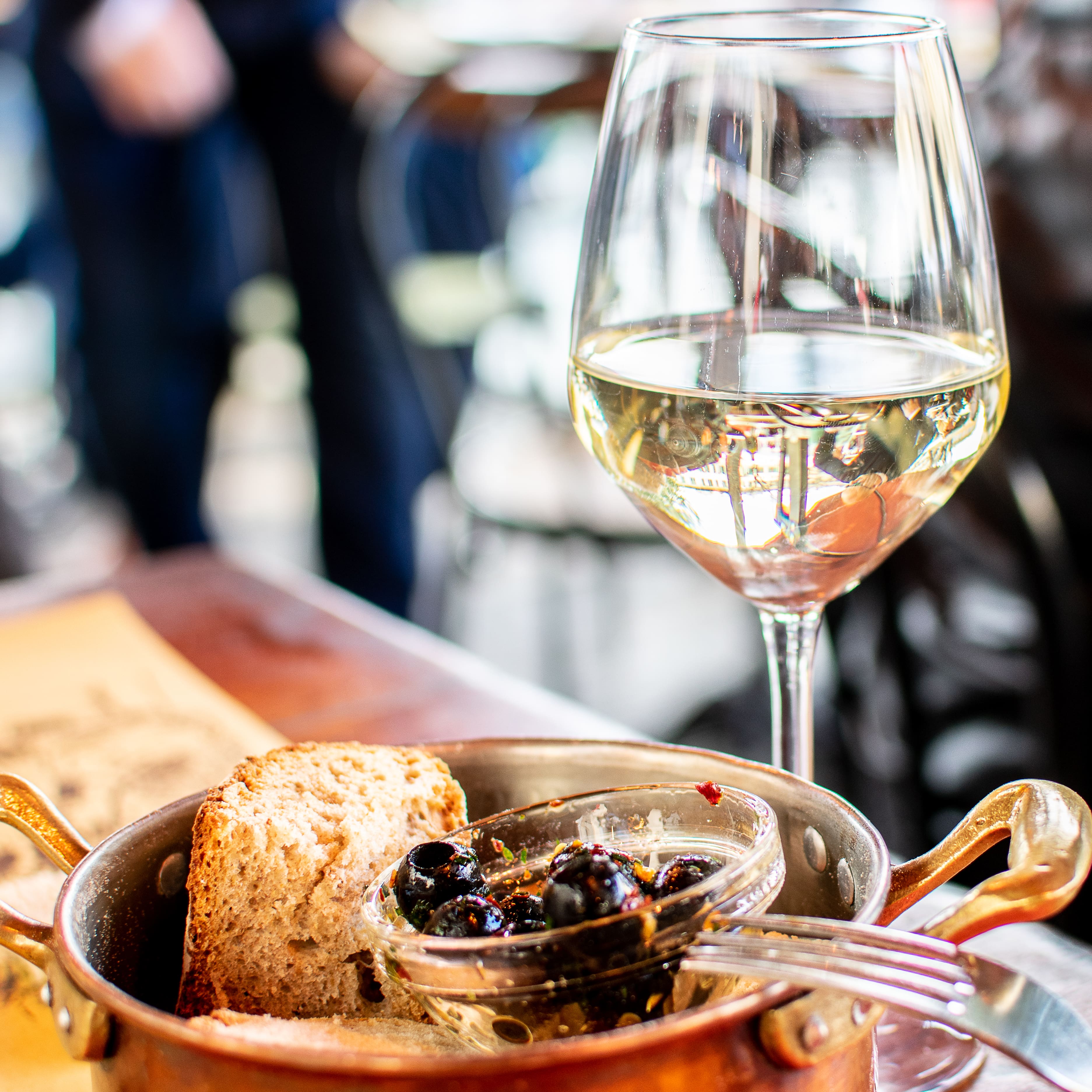
Aperitivo
The aperitivo is the sweet introduction to your dining experience. It may be a bit of bubbly like the French aperitif – perhaps prosecco or sparkling wine. This course is also a small savory dish, such as olives, nuts or cheese for diners to enjoy while they peruse the menu. At Toscana, you’ve likely become familiar with the addictive crystalline chunks of aged Parmigiano-Reggiano carved from the large wheel of cheese sitting on the display table. Another Italian touch that appears at your table in Toscana shortly after the cheese is the beloved bread basket. All of the items, from grissini (breadsticks) and crispy flatbread to the small round Parmesan rolls on a skewer and potato focaccia topped with a rosette of onion and tomato, are made from scratch and freshly baked just before service.
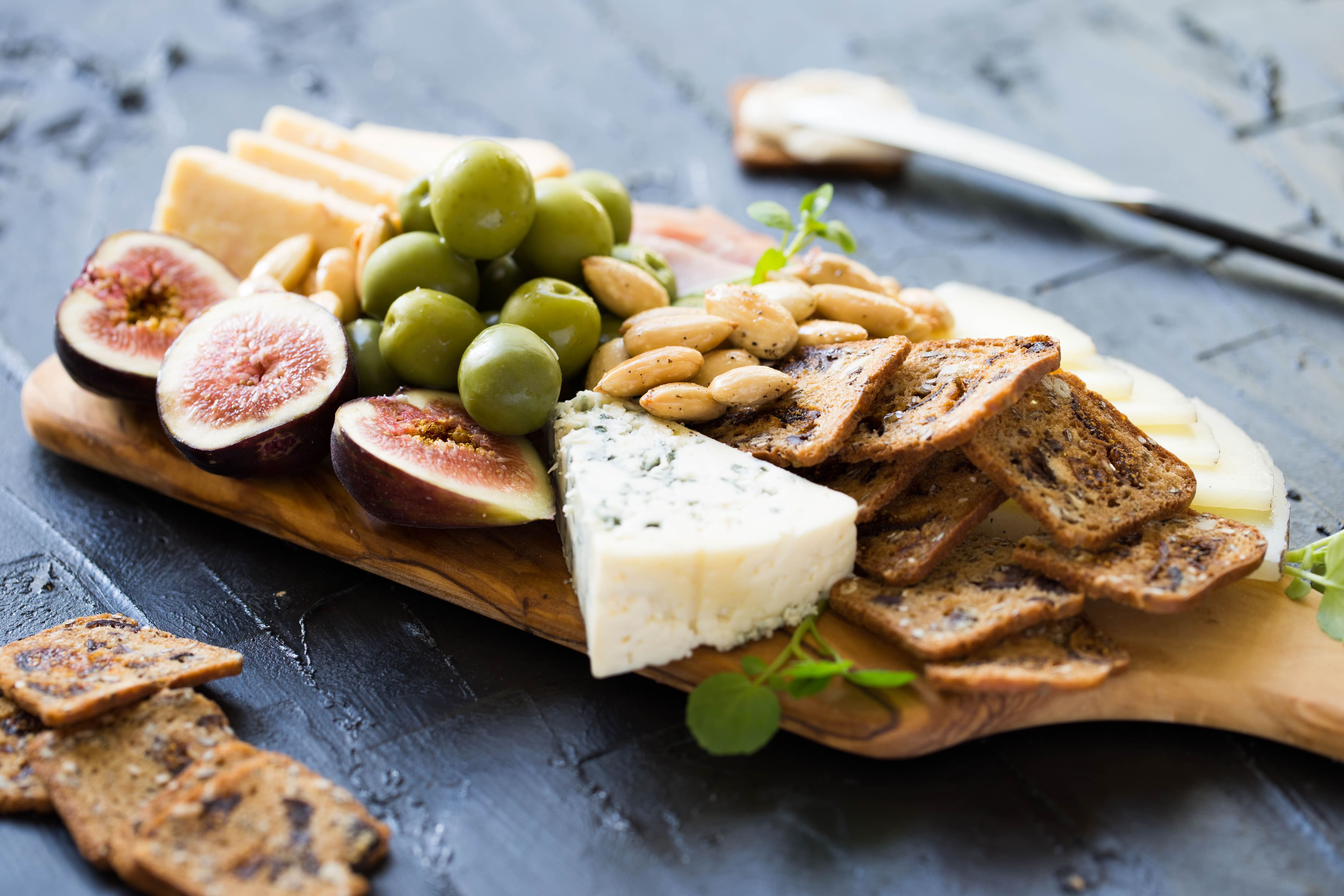
Antipasti
Translating literally as “just before the meal” in Italian, this is akin to an appetizer. Typical options often include a charcuterie plate, a cheese plate, bruschetta or crostini and small seafood dishes such as calamari and sautéed jumbo shrimp. More extensive dinner menus might have the antipasti menu items divided into two sections: antipasti freddi (cold options) and antipasti caldi (hot options).
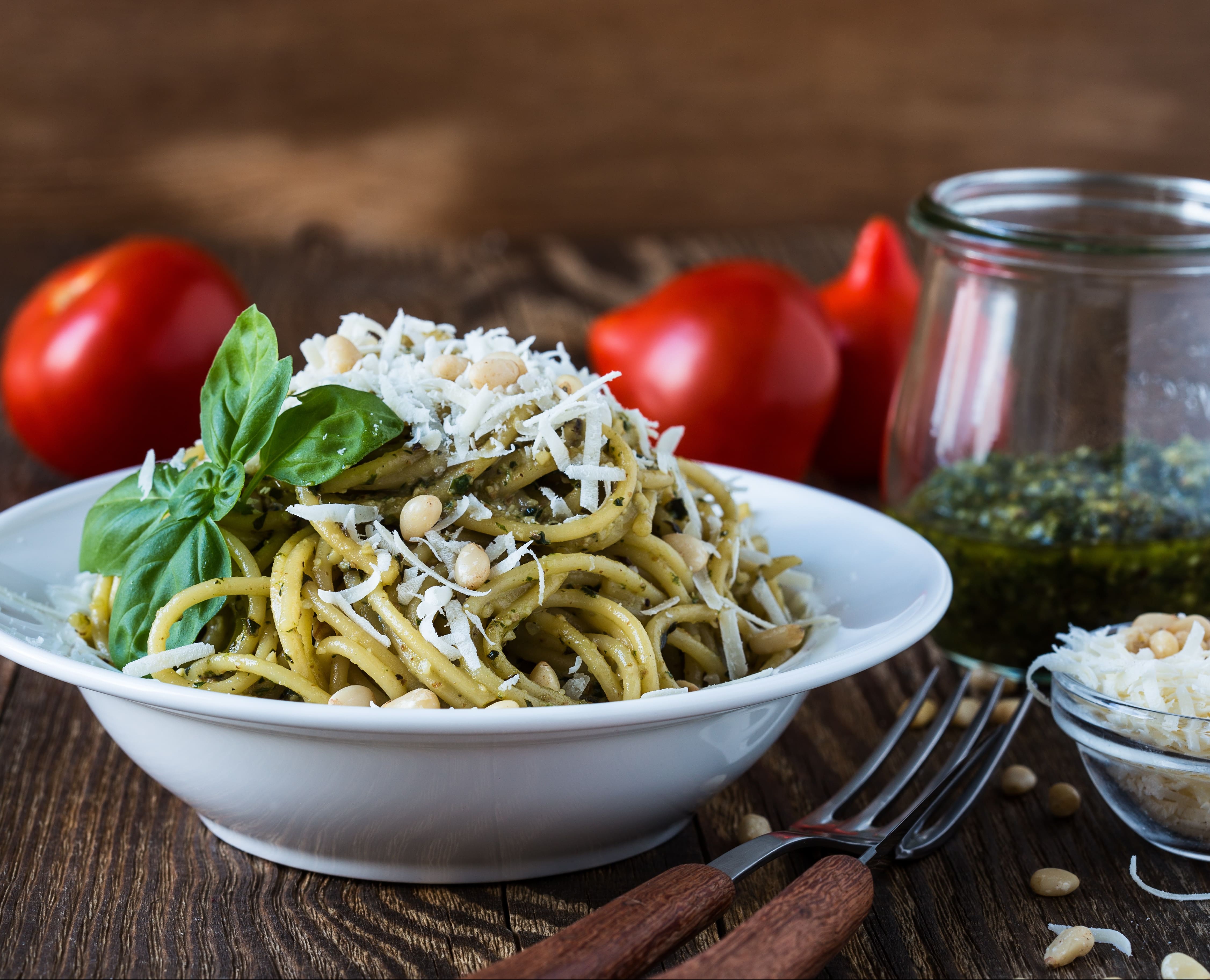
Primi
Primi dishes are the first heavier course of a traditional Italian meal and generally do not include meat, though it depends on the restaurant – oftentimes pasta dishes can be the exception. Soup, risotto, gnocchi, tortelloni, fettuccine and lasagna are all traditional. Truffles, seafood, rich cheeses and other fine ingredients often grace these dishes.
Secondi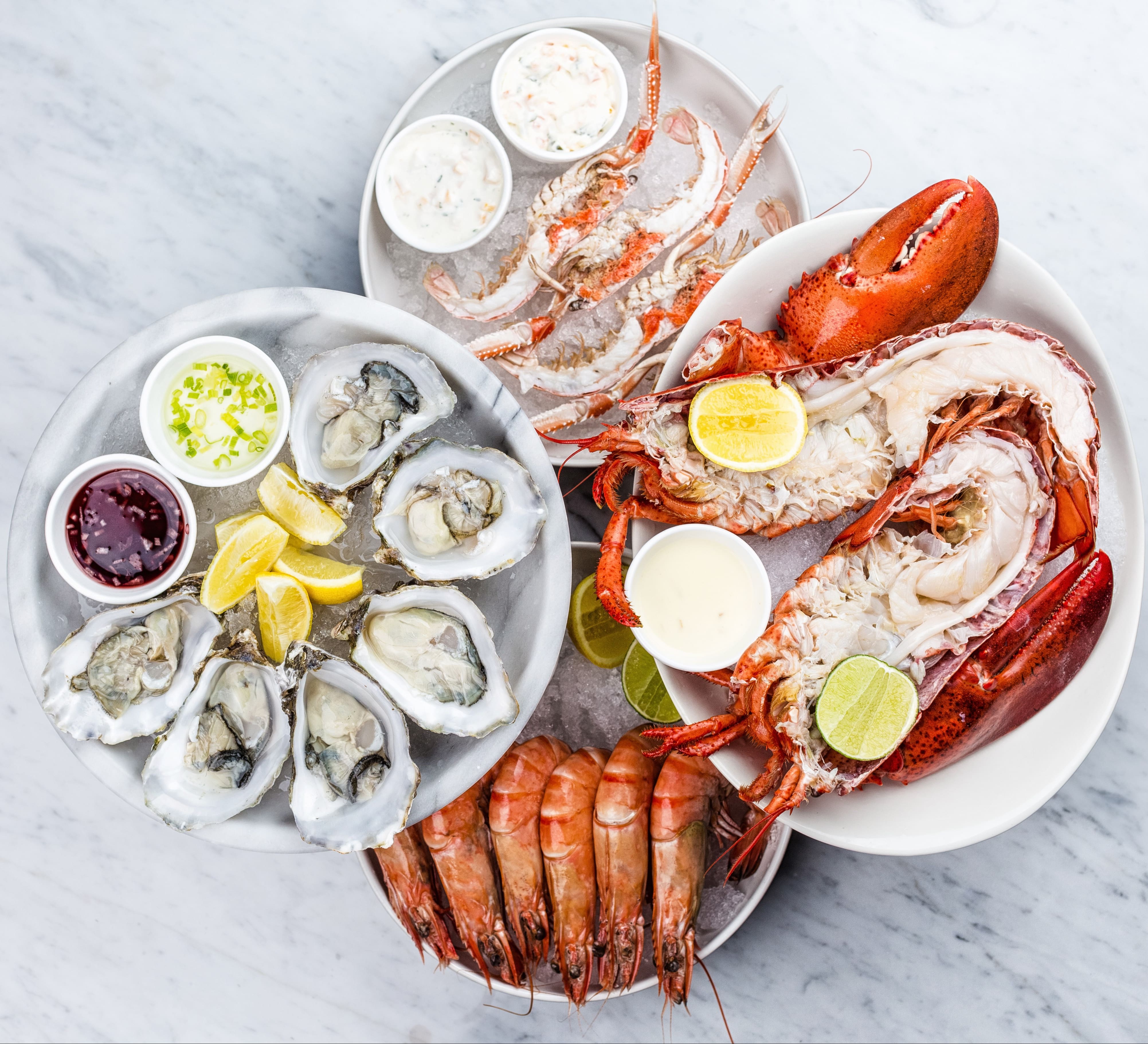
This course often features the richer meat, poultry and seafood dishes. Depending upon the Italian region you are visiting, you may see chicken, beef, lamb, pork, fish, shrimp and lobster prepared in a variety of ways. In general, you’ll see many more seafood options in the south and more rustic meat dishes in the north.
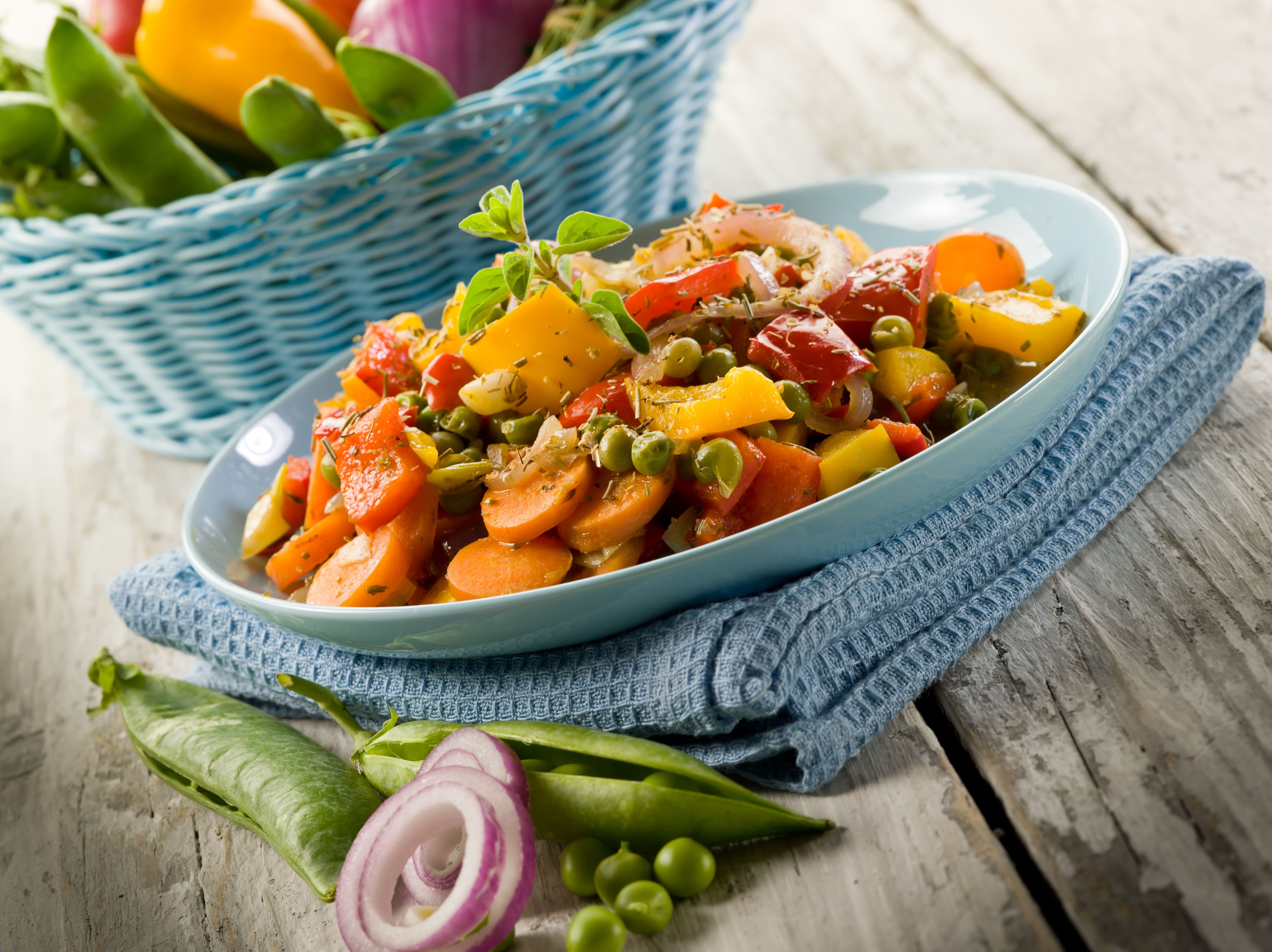
Contorni
These dishes are accompaniments, or side dishes, served alongside the secondi dishes. Typical contorni dishes include different types of vegetables prepared simply, such as sautéed asparagus, mushrooms with garlic or grilled mixed vegetables. They are purposefully served on a different plate than the meat or seafood in order to preserve the distinct flavors of each dish.
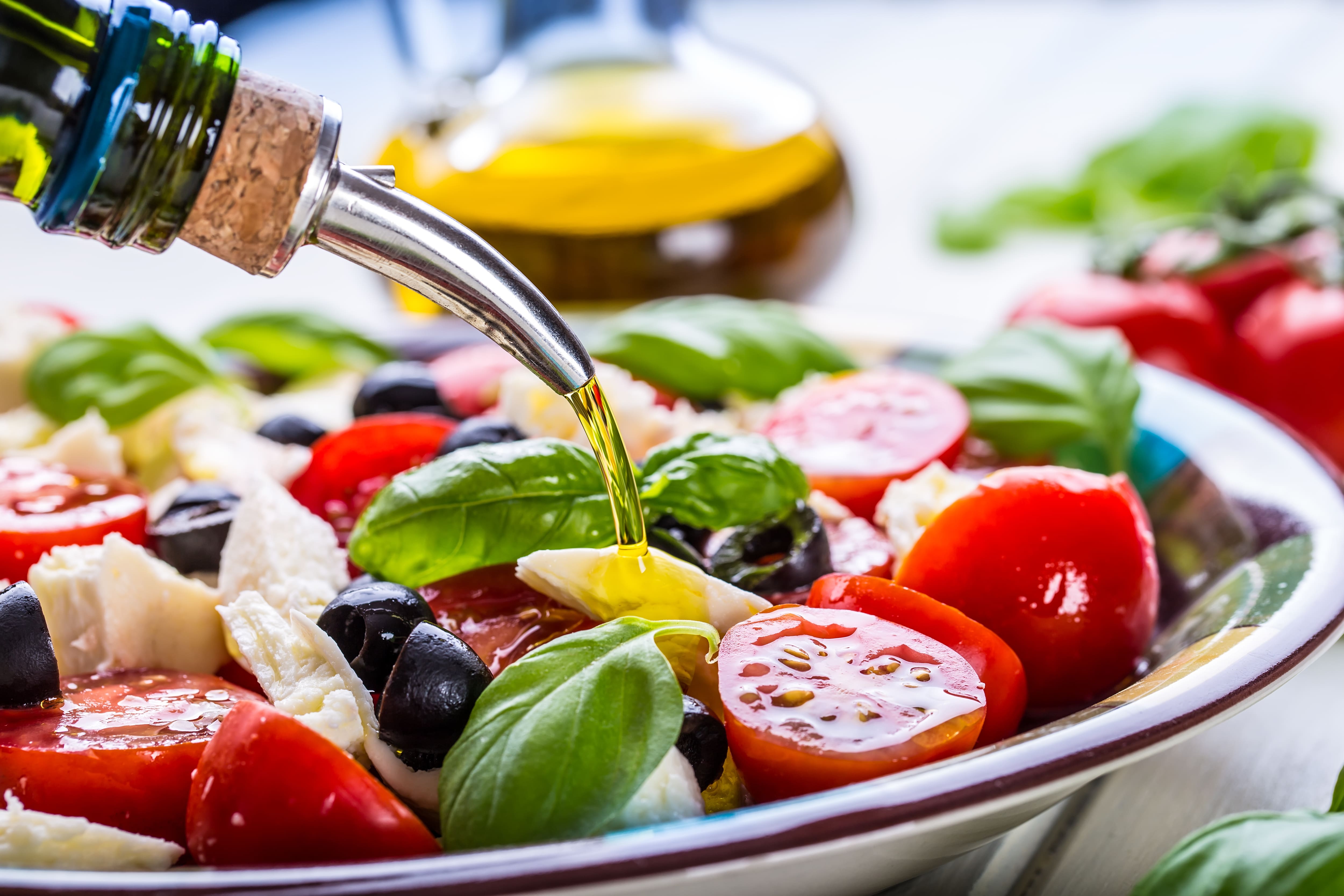
Insalata
Though you can request it arrive prior to your main dish, salads in Italy typically follow the secondi course. These are usually light and fresh to cleanse the palate – for example, an insalata mista: greens with tomatoes, cucumbers and a balsamic dressing.

Dolce
If you have room, it’s time for dessert. Tiramisù, panna cotta, cannoli and gelato are all classic Italian desserts, but you’ll likely see some regional specialties on the menu as well, such as seadas in Sardinia and sfogliatelle in Naples. In some cases, especially holidays and formal celebrations, there may be a formaggi e frutta course that precedes dessert. Italians also often enjoy a strong espresso following dessert. A final crowning touch is the digestivo, a digestive alcoholic beverage – usually local to the region such as limoncello, amaro or grappa, which encourages digestion.
Ready to dine the Italian way? Buon appetito!
- Relaxed Yet Refined Dining: The Finest Cuisine at Sea Redefined
- Introducing Giada De Laurentiis: Our New Brand and Culinary Ambassador
- Chefs Alexis Quaretti and Eric Barale Named Executive Culinary Directors
- Exciting New Ways to Wine & Dine On Board: OceaniaNEXT Enhancements
- The Creative Minds Behind The Finest Cuisine at Sea

